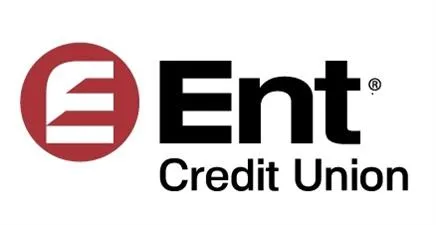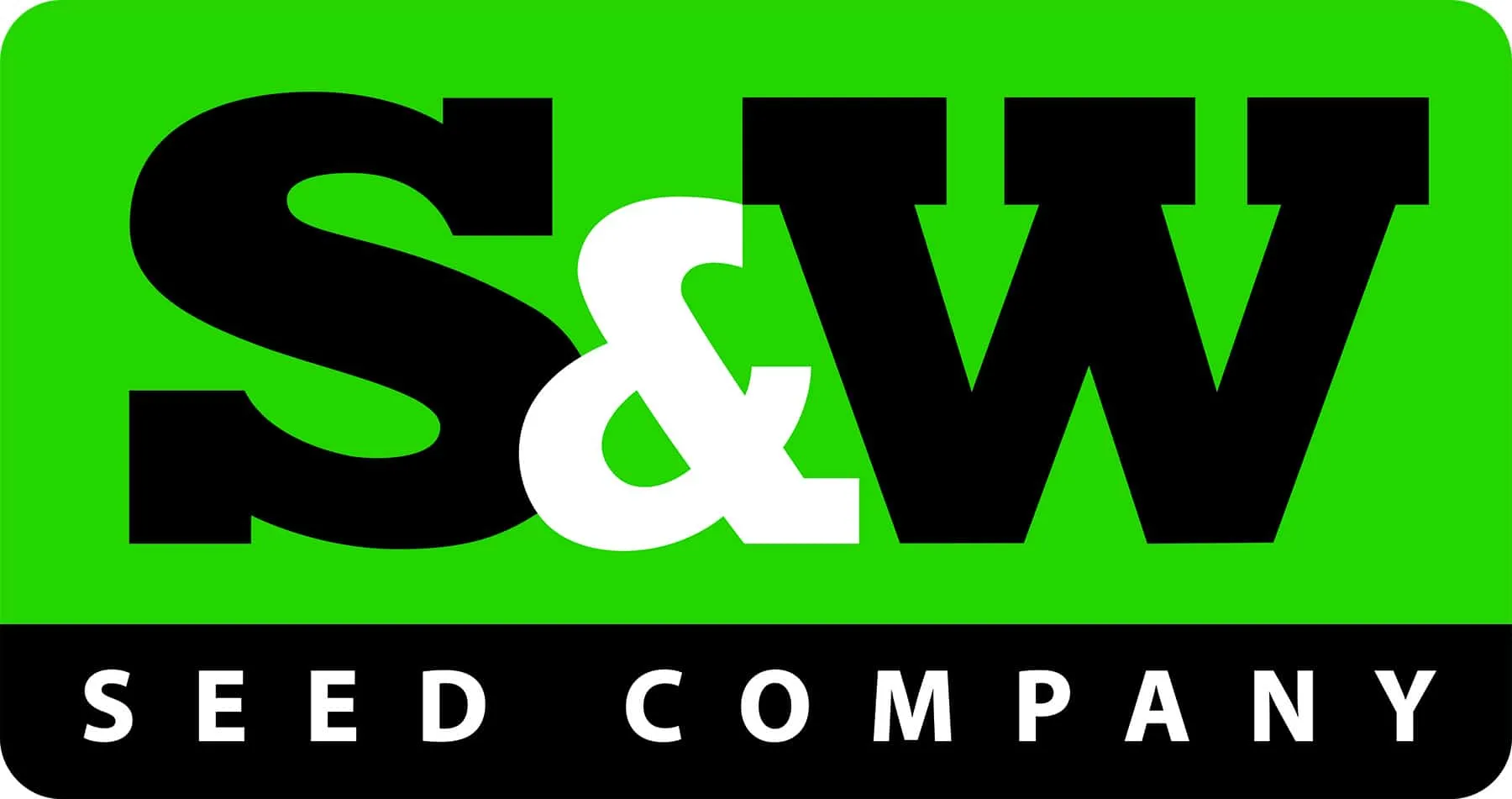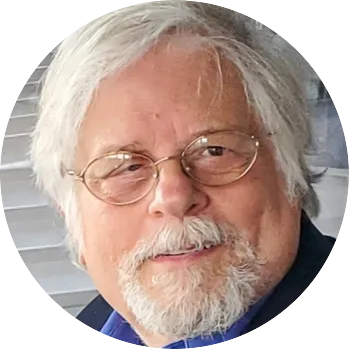Regulation, consumer demand, tech drive bank mergers

A rash of bank mergers in the region and across the country is being driven by the demands of compliance with federal regulations — but also by changing consumer demands and the advance of technology, bank officials say.
“If they don’t have that expertise in house, they have to hire it. But it’s easier to find a partner that has done those things,” said Ed Francis, president, chief executive and board chairman of InBankshares Corp. and InBank, which in December announced it would acquire Wiley-based Legacy Bank. “That’s what’s fueling a lot of the mergers and acquisitions.”
The InBank-Legacy merger was one…
THIS ARTICLE IS FOR SUBSCRIBERS ONLY
Continue reading for less than $3 per week!
Get a month of award-winning local business news, trends and insights
Access award-winning content today!





